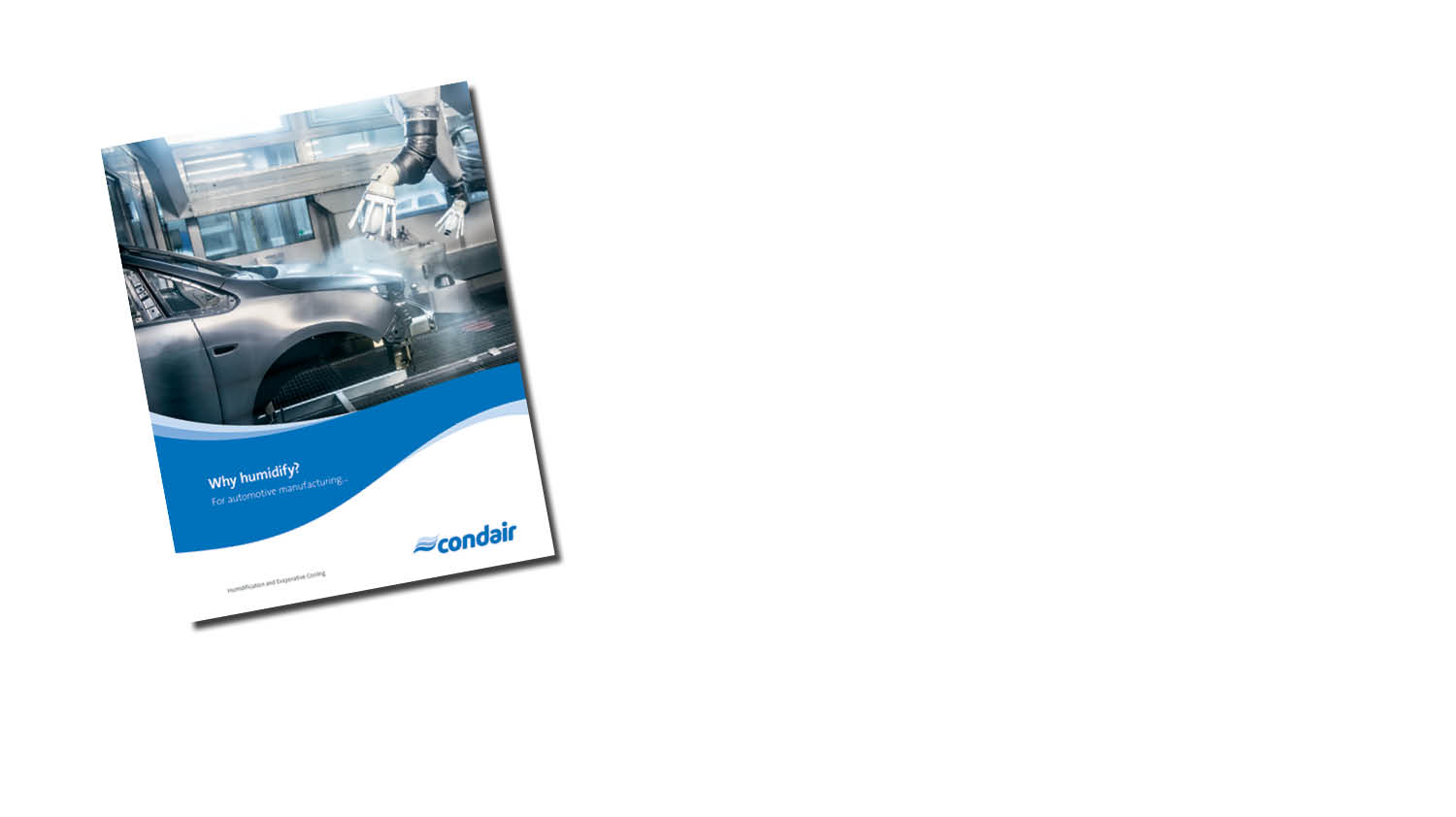
Contact us today to learn more about humidity for the Automotive industry...

Why Humidify... Automotive Manufacturing
Correct humidification within an automotive manufacturing or testing facility will improve production efficiency in several areas across the plant including sanding decks, paint spray booths, and engine testing.
Sanding Deck
By maintaining 55% relative humidity in sanding decks, dust is suppressed and static build-up reduced.
This prevents airborne paint dust from being attracted to the surface of the bodywork, greatly decreasing sanding time and improving the quality of the finish.
As these areas are usually very warm, the air supplied to them from central air handling units is cold with low moisture content.
Direct air humidification is therefore required and is typically provided by spray systems as they offer humidity control as well as around 39.2°F (4°C) of evaporative cooling.
Paint Spray Booths
The optimum humidity for the transfer of paint from the spray nozzle to bodywork is 72% relative humidity. Correct humidification prevents the evaporation of water-based paint, allowing it to reach the bodywork as the manufacturer intended. Combating paint evaporation also reduces the introduction of paint dust to the spray booth.
Engine Testing
Exhaust emission testing must be carried out within specific temperature and humidity ranges so it is important that humidification systems can meet the control tolerance required and provide reliable and consistent humidification.
These benefits combine to improve the finish quality of the bodywork, reduce sanding requirements and lower paint costs by avoiding atmospheric losses.
Paint spray booths are typically served by central air handling units that employ in-duct humidifiers.
Electric steam humidifiers are often used to provide close humidity control while gas-fired steam humidification, evaporative humidifiers or in-duct spray systems can offer a lower cost and lower maintenance alternative.

Benefits of humidification for the automotive industry include:
- Prevents airborne dust from being attracted to the surface of the bodywork
Reduced static build-up
Prevents evaporation of water based paints
Humidity control for exhaust emission testing
Improves quality of final product
Protect employee health and reduce absenteeism

Automotive FAQ'S
Automotive FAQ'S
-
The ideal relative humidity should be 72% for applying automotive paint finishes.
-
The ideal relative humidity for sanding decks should be 55%.
-
Correct humidification within an automotive manufacturing or testing facility will improve production efficiencies in several areas across the plant.


Humidification for Automotive Manufacturing
Correct humidification within an automotive manufacturing or testing facility will improve production efficiency in several areas across the plant including sanding decks, paint spray booths, and engine testing.







Why Humidify... For Schools
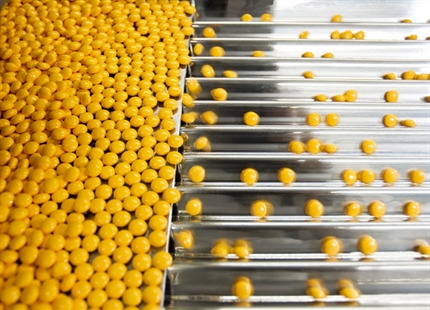
Why Humidify... For Pharmaceutical Manufacturing
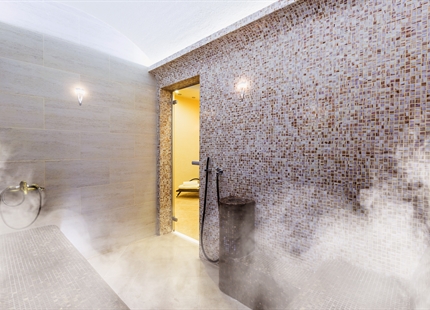
Spa & Wellness

Dehumidifiers for military storage
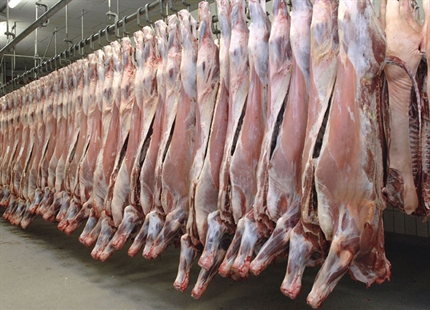
Why Humidify... For Abattoir

Archives & storage

Why Humidify... For Retirement & Nursing Homes
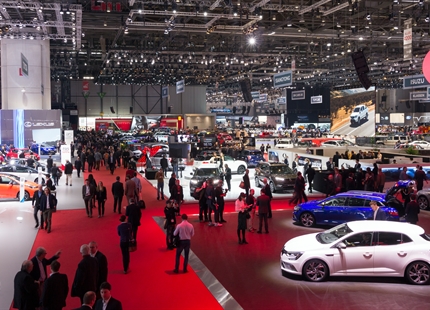
Why Humidify... For Convention Centers

Why Humidify... For Museums



